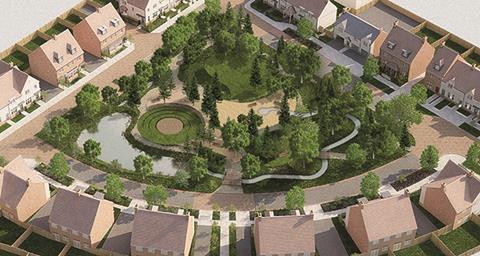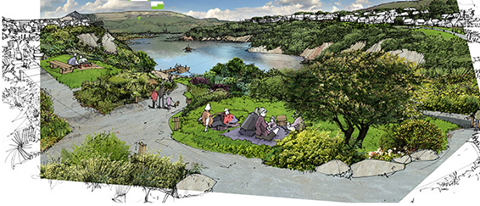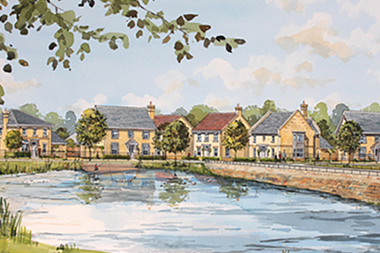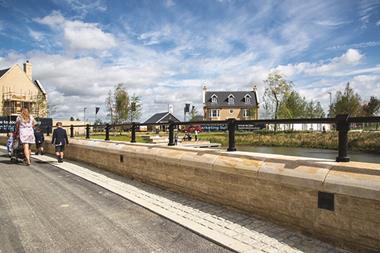The government has failed to locate its proposed villages and towns in the areas most in need of housing - and has not adequately met demand in the areas it has targeted, claims damning new research from planning consultancy firm Turley.

The research shows that of the list of 14 garden villages and three garden towns released by the Department for Communities and Local Government (DCLG) this month, only one is in a local authority ranked in the top 10% in terms of growth prospects between now and 2039.
The locations of the garden settlements do not correspond with the areas of greatest housing need, Turley claims.
Furthermore, only a limited number of the proposed settlements - in St Cuthberts, Taunton, Culm and Welborne - would meet a high proportion of the housing needs of their local authorities.
‘Limited proportion’
Indeed, it argues, the garden settlements would satisfy just 50% of the overall housing need in the areas selected.
“Where the latest garden settlements have been identified, they tend to meet a relatively limited proportion of the housing need within their respective LPAs [local planning authorities],” says Richard Laming, Turley’s head of economics.

“While there are locations that meet a higher proportion, it is evident that in general terms, even at the local level, the garden villages/towns will only respond to part of the housing need.”
Another issue is that the government does not seem to have taken affordability sufficiently into account, adds Turley.
Dearth of affordable housing
Only one of the garden settlements is located in a local authority ranked in the top 20% by house-price-to-earnings ratio - ie in an affluent area where there is a dearth of affordable housing - and only just over half overall (nine) are in the top 50% in terms of need.
“These findings highlight that the government’s garden settlements programme has not specifically been designed to address affordability challenges where they are most acute,” says Laming.
He also casts doubt on whether the volume of housing targeted for 2020 would be achieved.
The garden towns and villages:
| Long Marston, Stratford-upon-Avon | Longcross, Surrey |
| Oxfordshire Cotswolds, West Oxfordshire | Bailrigg, Lancaster |
| Deenethorpe, Northamptonshire | Infinity Garden Village, Derbyshire |
| Culm, Devon | St Cuthberts, Cumbria |
| Welborne, Hampshire | Handforth, Cheshire |
| West Carclaze, Cornwall | Aylesbury area, Buckinghamshire |
| Dunton Hills, Essex | Taunton area, Somerset |
| Spitalgate Heath, Lincolnshire | Harlow and Gilston, Essex-Hertfordshire border |
| Halsnead, Merseyside |
“Despite optimistic claims, there is limited evidence to suggest that the provision of these garden villages and towns will deliver a substantial level of completions in the short term,” he claims. “The target of 25,000 dwellings being started by 2020 appears highly optimistic.”
Alongside the list of the 14 garden villages, the government also announced £6m of funding for the villages, equating to just £428,000 per settlement over the next two years to support delivery.
A further £1.4m is to be allocated to support the delivery of the three new towns that were announced near Aylesbury, Taunton and Harlow.
Optimistic target
The sums are relatively small, notes Laming, who argues that the success of the villages will depend on the ability of local authorities to access funding from sources such as the £2.3bn Housing Infrastructure Fund, which was announced in the Autumn Statement, as well as effective collaboration between public and private partners.
He does concede that garden villages and towns are required as part of the response to the housing crisis. However, he says they should be part of a multifaceted strategy to boost housing supply.
“New settlements are to be welcomed, but they only form part of the solution to the housing crisis and are not the solution themselves,” Laming says. “This emphasises the need to maintain a healthy supply of alternative forms of land including greenfield and brownfield in order to maximise the chances of delivery and to boost housing supply, particularly in the short to medium term.”






























No comments yet